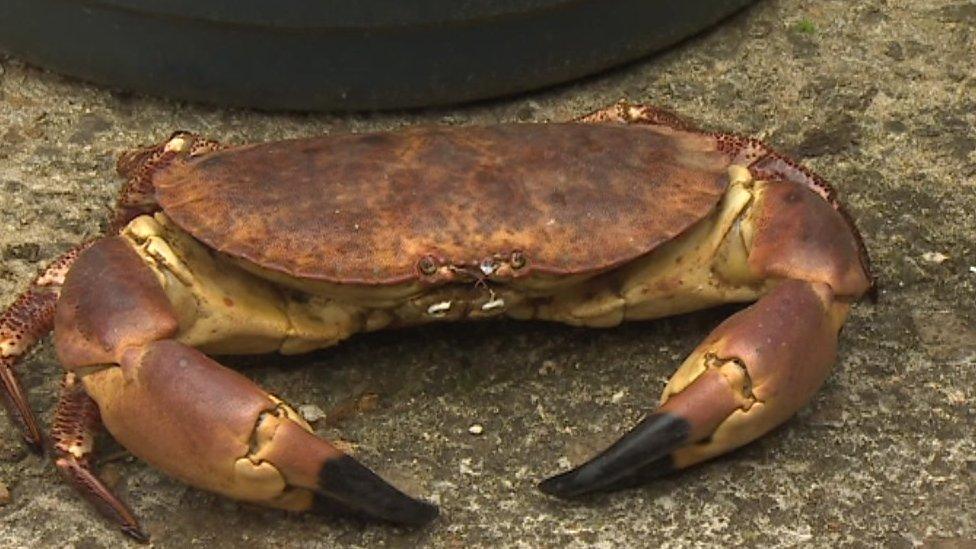Anglesey: Thousands of crab shells washed up on beach
- Published
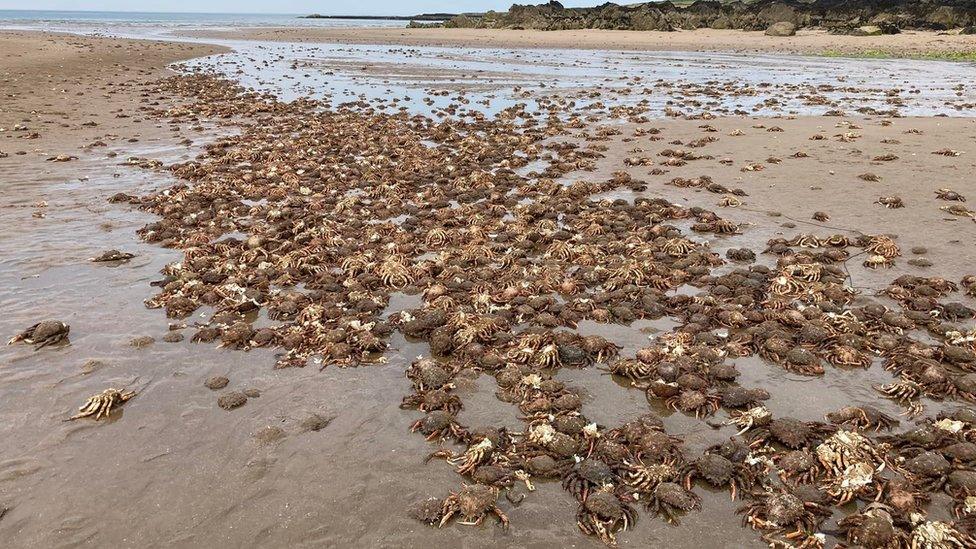
Richard Lee took pictures of the spider crabs shells on Aberffraw Bay, the crabs had moulted to allow them to grow
Beach-goers have been urged "not to panic" by the sight of thousands of washed-up crab shells on the Anglesey shore-line.
Lorry driver Richard Lee was out for a walk with his friends when he came across thousands of the spider crab carcasses on Aberffraw Bay.
He said it was "quite a phenomenon".
One marine expert said it was a natural occurrence, with crabs moulting their shells as they grow, being typical behaviour for this time of year.
Mr Lee, 59, from east Northamptonshire said he was surprised to be greeted with the carcasses, whilst out for a walk on the beach.
"It was quite a phenomenon to be honest, as we walked up to the little harbour there, it was 'oh there's a crab, there's another one, there's another one.'
"All the way up walking out to the beach, there was just crabs galore, you got out to the beach and there were thousands of them scattered everywhere.
"It was quite a spectacle to be seen and everybody was talking about it."
Spider crabs migrate to shallow waters in large numbers every summer to moult their outer shells.

Frankie said people should not be afraid of the carcasses, but should educate themselves about sea creatures on UK shores
Owner and director of Anglesey Sea Zoo, Frankie Hobro urged residents not to be alarmed at the emergence of the crab shells.
"We often get a panic when people see lots of crab shells like this and think that it's dead animals.
"We want to educate people that you don't have to worry, there's nothing happened to kill them all, it's just the fact they've all grown at the same time so it's actually a positive thing really.
"Like all other Crustaceans - such as prawns, other crabs and lobsters - as they grow, they have to moult. They moult their outer skin - the hard outer case if you like - and the new animal pops out of a tiny little corner at the bottom of the body and leaves the whole shell behind."
She added that the crabs absorb extra water from around them, so their hard skeleton is bigger than they actually need as this allows for extra growing time before they moult again.
"Full-sized adult crabs moult once or twice a year, but when juveniles are growing fast they moult every few weeks."

ROYAL WELSH SHOW 2022: Visitors return to Llanelwedd after a three-year wait
IOLO: A WILD LIFE: Iolo delves into the archives from the past 25 years

- Published8 July 2022
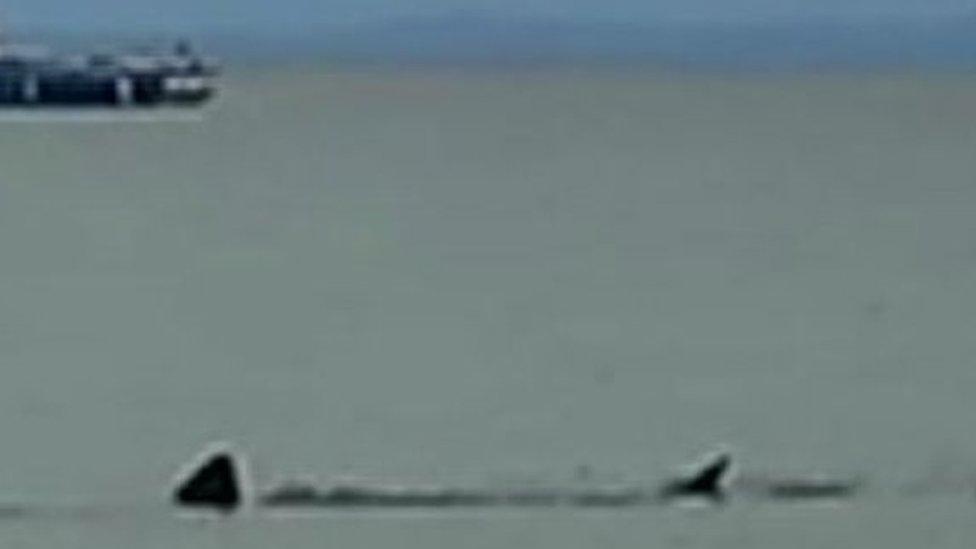
- Published24 February 2022
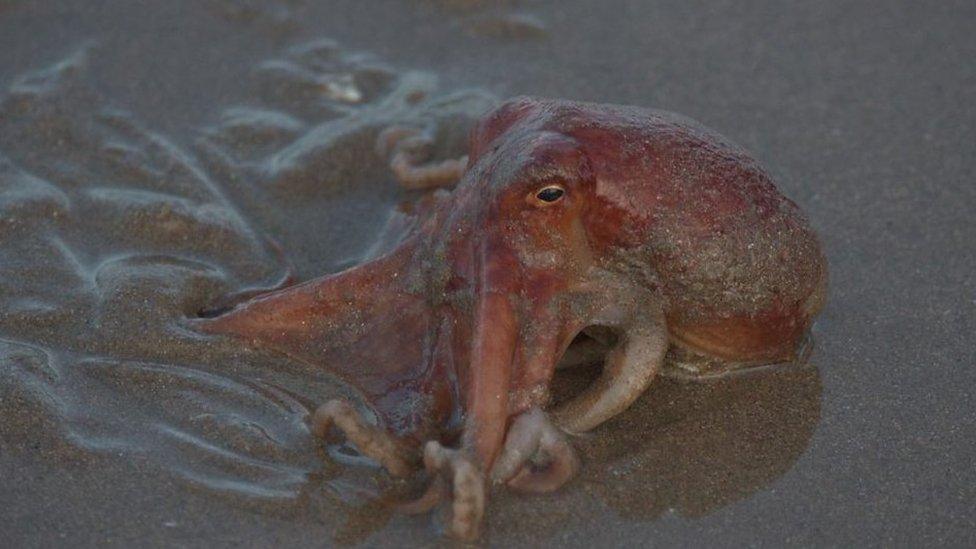
- Published25 October 2021
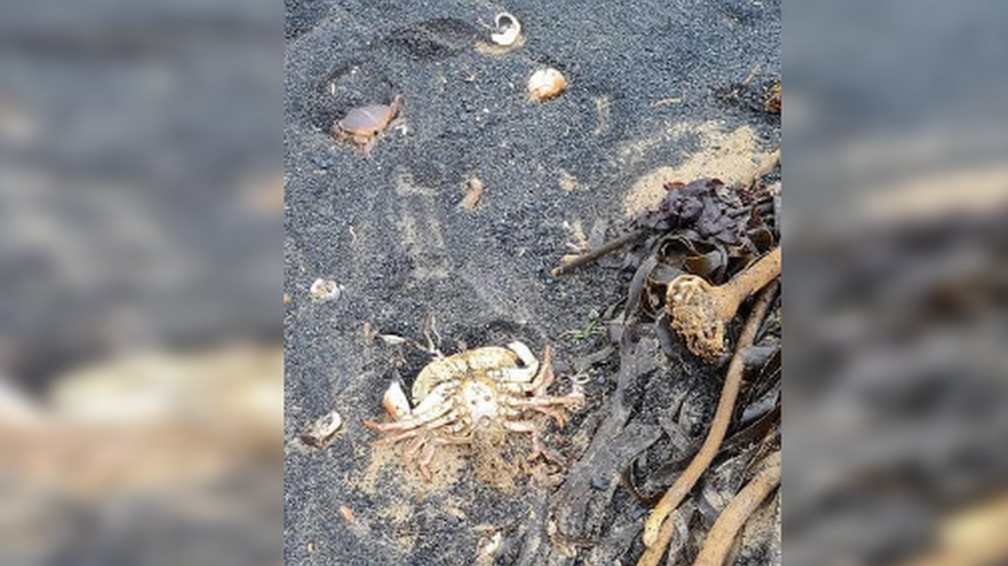
- Published21 August 2021
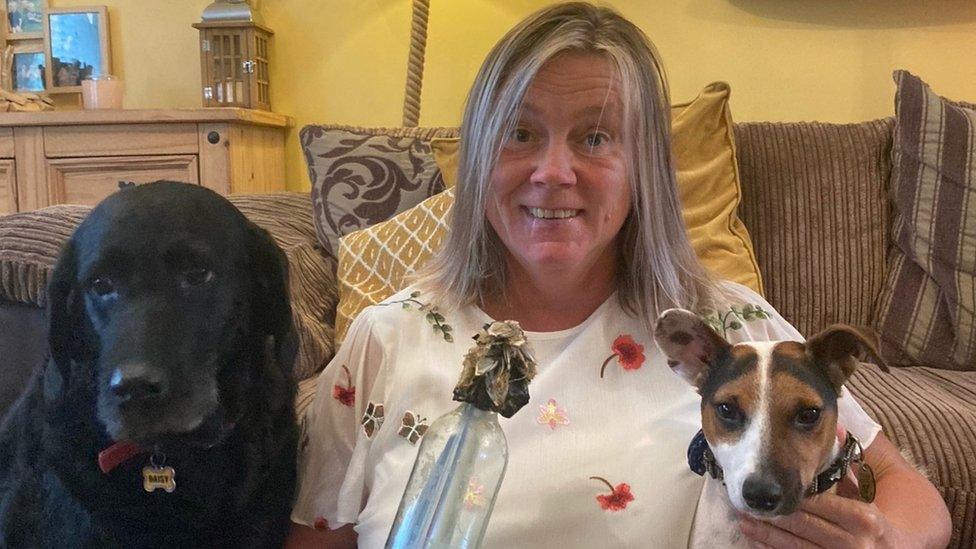
- Published7 September 2020
